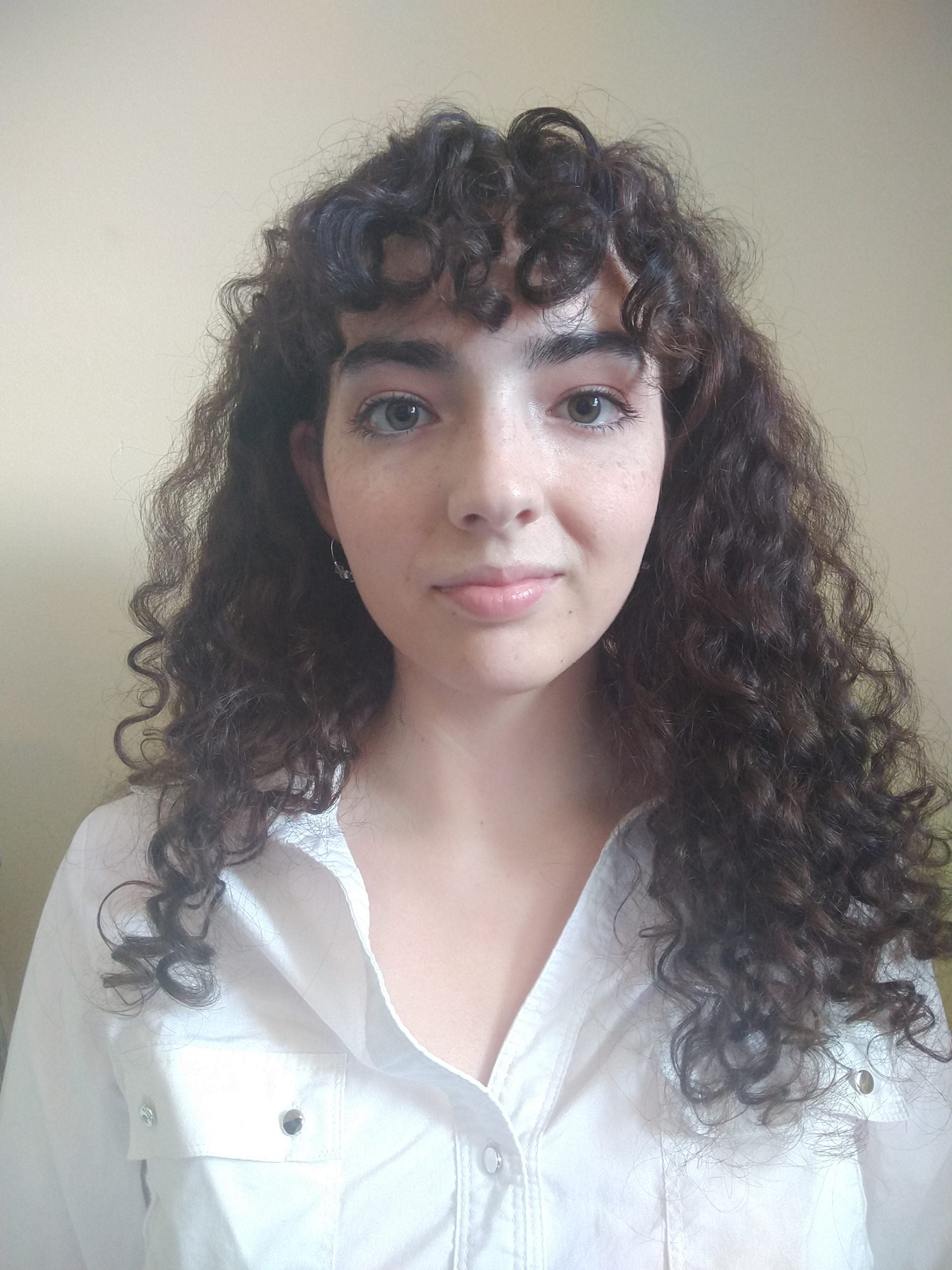Grace Fedele

Pronouns: She/Her/Hers
UROP Fellowship: University of Michigan Energy Institute
Research Mentor(s): Rachel Goldman, PhD
Materials Science and Engineering
Presentation Date: Thursday, July 30, 2020 | Session 1 | Presenter: 1
Authors: Grace Fedele, Christian Greenhill, Jenna Walrath, Alex Chang, Davide DelGuadio, Hongling Lu, Eric Zech, Rachel Goldman
Abstract
Semiconducting quantum dots (QDs) can be used to enhance the performance of a variety of devices encompassing optoelectronic, thermoelectric, and alternative energy technologies. Often, a small amount of another element (a dopant) must be added to the semiconducting QDs to provide extra electrons and improve conductivity. Since each QD is expected to contain fewer than 10 dopant atoms, both the extra electrons and their “parent” dopants have been difficult to locate. In an earlier study, fewer electrons were observed within the interior of the QD than in the surrounding substrate, which could be due to a preference of the dopant to stay outside of the QDs (1).
In this work, we are investigating the locations of the extra electrons and their parent donors using a combination of experimental and computational methods, namely local-electrode atom-probe tomography (LEAP) and self-consistent Schrödinger-Poisson simulations based on effective mass theory. To prepare the QDs, we start with high purity solid Ga, As, and In as the raw materials; we then use molecular-beam epitaxy and employ Stranski-Krastanov growth to fabricate InAs QDs on a GaAs substrate. We also dope the QDs with another element, such as silicon, to provide extra electrons. Following synthesis, we use LEAP to profile the distribution of silicon atoms in the QDs and surrounding layers. For LEAP, a conical-shaped sample containing several layers of QDs is prepared using focused-ion beam cutting and imaged using scanning electron microscopy. The conical sample is placed in an electric field which enables the layer by layer removal of atoms and their mass vs. position sorting using a position-sensitive time-of-flight detector. Computational methods are then used to reconstruct the atomic species and positions within the conical sample. Finally, we utilize the atomistic configurations of the silicon atoms with respect to the QDs as input into Shrödinger-Poisson simulations to predict the locations and distributions of the extra electrons. In my presentation, I will provide a comprehensive description of the relative preferences of the (parent) dopants and extra electrons with respect to the QDs and surrounding substrate. I will also discuss the implications of these findings on nanostructured semiconductor device design.
(1) J.C. Walrath, Y.-H. Lin, S. Huang, and R.S. Goldman, “Profiling the local carrier concentration across a semiconductor quantum dot”, Appl. Phys. Lett. 106, 192101 (2015).
Google Slide Presentation
Presentation Script
Research Disciplines
Engineering



